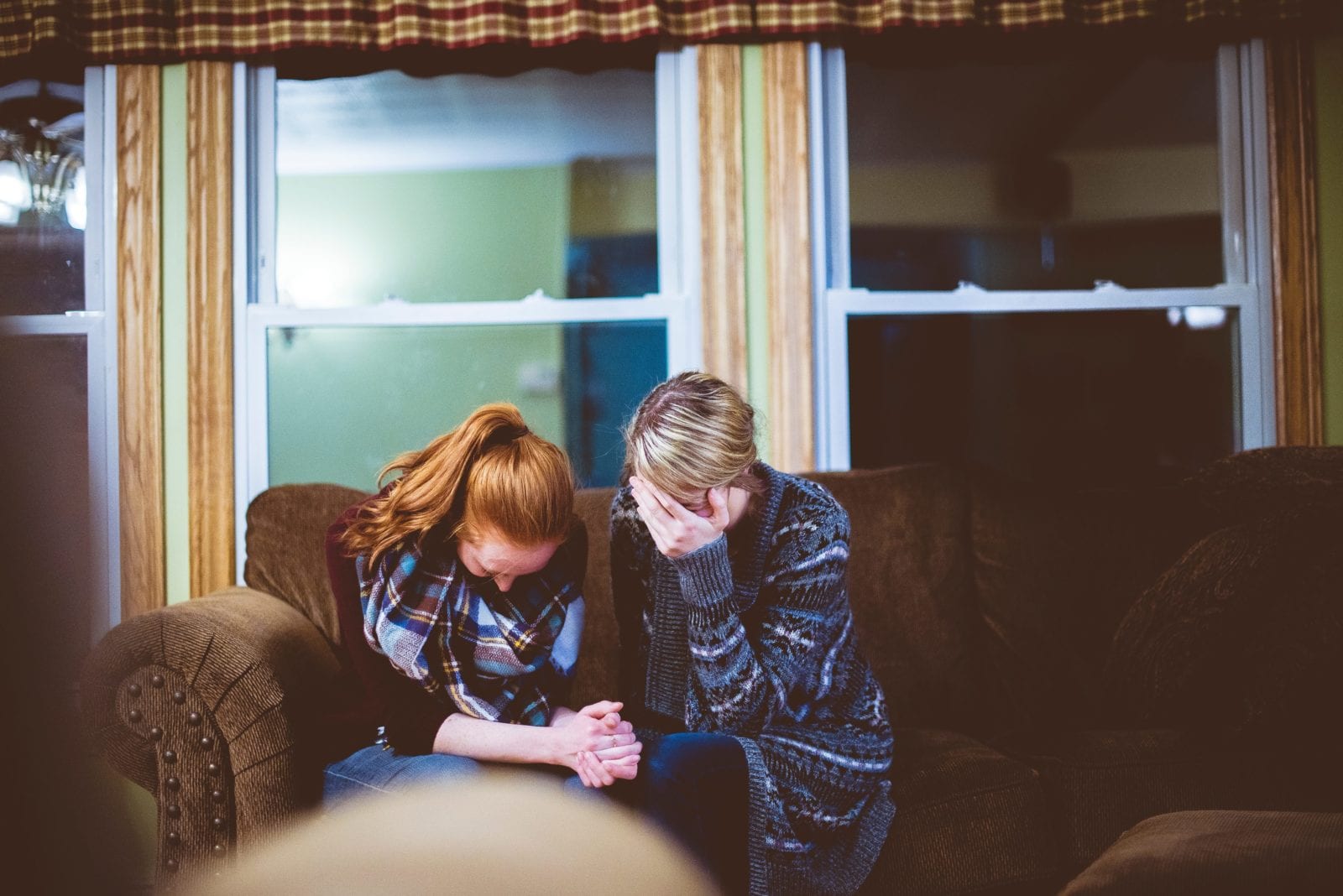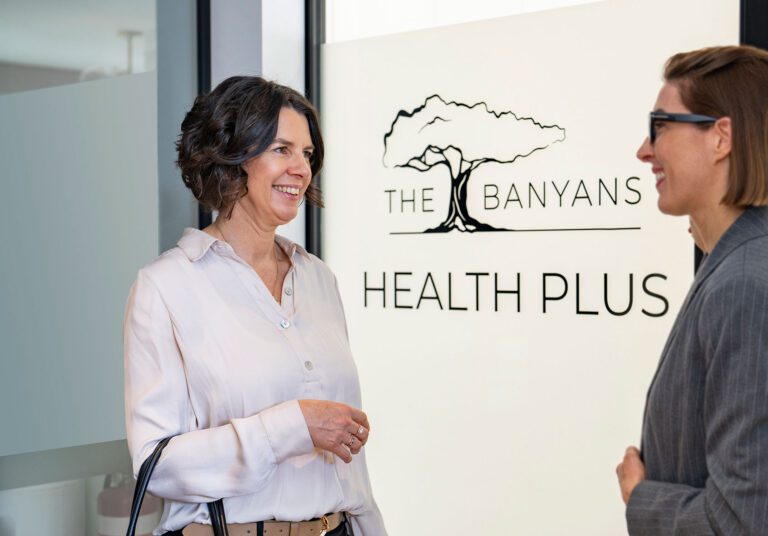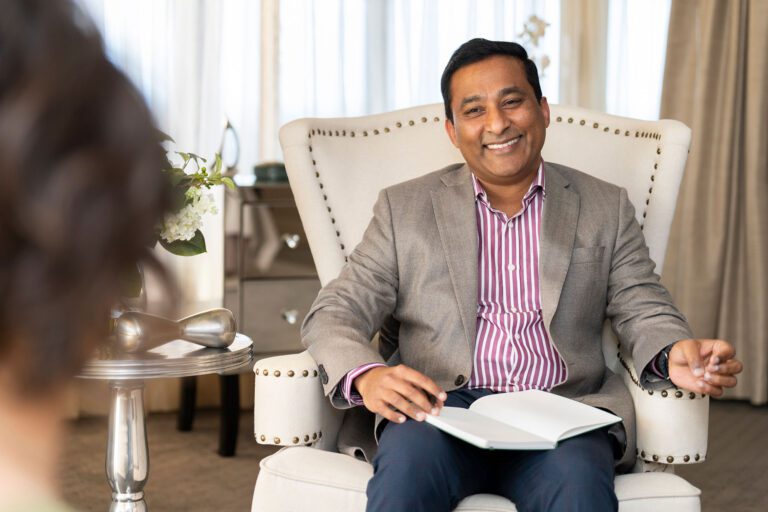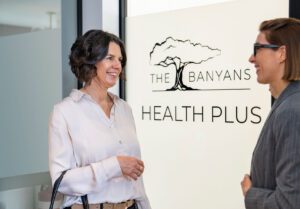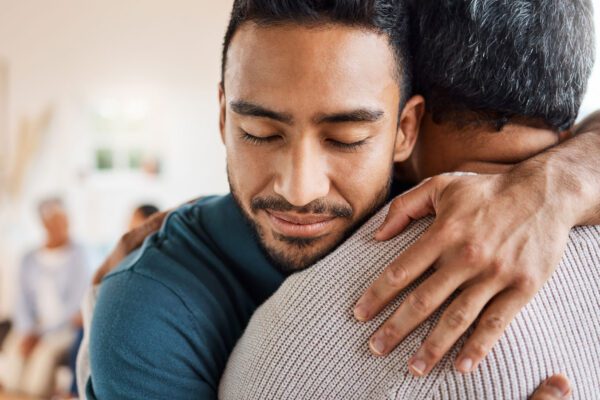
From an evolutionary perspective, crying has been an adaptive method to keep us alive. In fact, tears remain beneficial to the human experience throughout our entire lifespan, not only during infancy.
Since the very beginning of life, humans have an innate need to cry. It is how we communicate as infants, seeking help and comfort from those who protect us. It elicits an empathetic response in our caretakers and draws attention to our needs.
It is widely acknowledged in the medical sphere that there are three types of tears: continuous tears, reflex tears and emotional tears. Continuous tears are the tears produced by your eyes to keep the eyeball lubricated and free of debris or bacteria. Similarly, reflex tears are those that are produced in response to potential harm, such as smoke, dirt or other toxic particles[i].
Emotional tears are the tears that people are most conscious of producing and as the name would suggest, are associated with our mental state and emotional experience.
These tears are a natural emotional aid, and contribute to the physical release mechanisms of stress hormones that accumulate in the body. Research supports this, having shown that reflex tears are over 98% water whereas emotional tears consist of a much larger percentage of stress hormones and other chemicals[ii].
This physical release of such chemicals is one reason why emotional tears are particularly beneficial in relieving feelings of stress, sadness, grief, anxiety or anger. Many people can attest to the emotional benefits of crying, saying that there is a sense of relief or improved mood after an episode of tears.
Peter Hayton is the Senior Psychologist at The Banyans.
He suggests that one reason for feeling emotionally alleviated after crying is because there is a very real release of psychological tension.
“The tears are a physical acknowledgement of our feelings. The intensity of our tears can often reflect the internal magnitude of what we feel, and acknowledging that can often result in feeling like a burden has been lifted from us.”
Some people consider tears as a sign of weakness or inability to control one’s emotions. However, Peter assures us that crying can also be a symbol of vulnerability and courage as you express your emotions physically through tears and begin the process of acceptance. In some cases, tears are a crucial step in the natural process of grief.
Moreover, when we are in a time of emotional tension, pressure or stress, our body tends to tighten up and our thoughts become blurred. Crying however “activates the parasympathetic nervous system[iii]”, returning the body from being in the ‘fight or flight’ mode to a recalibrated state of balance[iv].
“People often feel exhausted after a long period of crying,” Peter says. “This is because you are coming down a heightened emotional state, and crying helps your body know that it can cease producing as much adrenaline.” Together, these two mechanisms can contribute to feeling more peaceful, calm or in control after a good cry.
However, research has suggested that how others respond to us when we are shedding our tears has a huge influence on whether or not we find it to be beneficial or not[v]. At The Banyans, we consistently encourage healthy support from friends and family to assist people on their path to recovery. With tears often being a prevalent component of a person’s own self-awareness journey, family and friends can often find this experience both heartbreaking and/or awkward.
“It is important that you do not try to ask a lot of questions or get someone to explain how they are feeling while they are crying freely,” Peter suggests. It is during this time when the crier is experiencing a personal moment of reflection, and meaningful breakthrough is most likely occurring.
Moreover, Peter encourages small gestures of reassurance, like a gentle hand on their arm, rather than words or smothering actions.
It is important that the person has a “relaxed, safe space to process their thoughts and feelings”, and providing physical space is usually much appreciated.
“Crying with a loved one, regardless of your own personal connection to the issue, can very powerful as it brings people together,” he says.
When the person is feeling calm again, it is always beneficial to be aware of your language when debriefing the episode. Phrases like, “What is the thought that helped you cry?” rather than “What made you cry?” can be very beneficial in removing any shame or perception of weakness.
The Banyans is a safe, private residence where the focus is on you and the underlying causes of your addiction, condition or circumstance. In our luxury accommodation, you will experience thorough support and coaching in a beautiful and nurturing environment. Our individualized programs allow you to work towards life-long, lasting transformation and healing, particularly from drug or alcohol addiction, depression, anxiety, trauma or grief, eating disorders, compulsive gambling, and burnout.
If you think that a stay at The Banyans Health and Wellness Residence would be beneficial for you or someone you love, please call +61 1300 BANYAN (1300 226 926) for a private, non-obligatory conversation. Alternatively, fill out an online enquiry here.
[i] Orloff, J. (2010). The Health Benefits of Tears. [online] Psychology Today. Available at: https://www.psychologytoday.com/blog/emotional-freedom/201007/the-health-benefits-tears [Accessed 5 Feb. 2018].
[ii] As above.
[iii] Borreli, L. (2015). Cry It Out: 6 Surprising Health Benefits Of Shedding A Few Tears. [online] Medical Daily. Available at: http://www.medicaldaily.com/cry-it-out-6-surprising-health-benefits-shedding-few-tears-333952 [Accessed 5 Feb. 2018].
[iv] Efran, J. and Greene, M. (2012). Why We Cry: The Fascinating Psychology of Emotional Release. [online] Alternet. Available at: https://www.alternet.org/story/155447/why_we_cry%3A_the_fascinating_psych… [Accessed 5 Feb. 2018].
[v] Borreli, 2015.
[vi] Efran and Greene, 2012.


